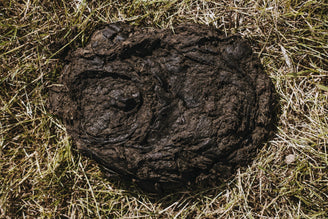At Pipers Farm, our core mission has always been to integrate farming closely with nature rather than treating them as separate entities.
We firmly believe that a farm should function as a living, breathing part of nature, where all creatures, big and small, are interconnected with the landscape, and every decision made has far-reaching consequences.
Merely setting aside corners of fields or marginal strips around cultivated land is not enough; we are convinced, more than ever, that farming in harmony with nature is the way forward.
Embracing a farming approach that aligns with nature can pave the way for a thriving and sustainable future, benefiting both agriculture and biodiversity.

Farming with nature
To see how farming with nature was increasing the biodiversity of Pipers Farm we recently invited conservationist James Chubb back to Pipers Farm.
In 2006, James first visited Pipers Farm HQ to create an educational film about farming. Little did Pipers Farm founders, Peter and Henri, know that this visit would lead to an incredible discovery, with over 60 species of insects thriving in the fields on the farm.
This marked a significant moment for Peter and Henri, as it confirmed that their farming practices were working in harmony with nature - their ultimate goal.
James joined the Pipers Farm team in 2015, bringing his extensive knowledge of ecology where, amongst many other things, he helped understand the relationship with the farm's ecology better. During his time there, he documented an incredible amount of species of insects during a bioblitz event, which was a testament to the farm's biodiversity.

A thriving natural ecosystem
When James returned recently, he was thrilled to witness the developments in farming with nature. Noticing how successfully the combined traditional livestock grazing with nature conservation, resulted in a thriving ecosystem.
By carefully managing the grass through mob grazing, Peter and Henri have provided habitats for various wildlife species, including the once-persecuted bullfinch and the declining skylark populations.
James mentioned: "The highly organised and intensively managed mob grazing approach adopted on the farm is creating a fabulous rich mosaic of grassland habitat. The grass is being given enforced periods of rest from grazing and trampling, interspersed with short intensive bursts of cattle pressure, and the results for both cattle and nature are impressive."

The importance letting nature grow
As we walked the fields with James, he was stopping almost every half step to point out indicators of the healthy ecosystem on the farm. Amongst the rushes, he found evidence of field voles, who, in turn, feed the buzzards and owls, which live in the surrounding trees and dense hedgerows.

These sorts of natural wonders can only flourish in the right conditions. Like many farmers, Peter used to think that topping the pastures to make them neat and tidy was a good thing to do.
However, since working with James, he's let things grow more naturally and only grazed with the native breed Red Ruby cattle. This gives a fantastic texture to the sward height, with some areas grazed right down low, some down to bare soil, and then deeper, thicker tuffs all help to create a wealth of diversity.





